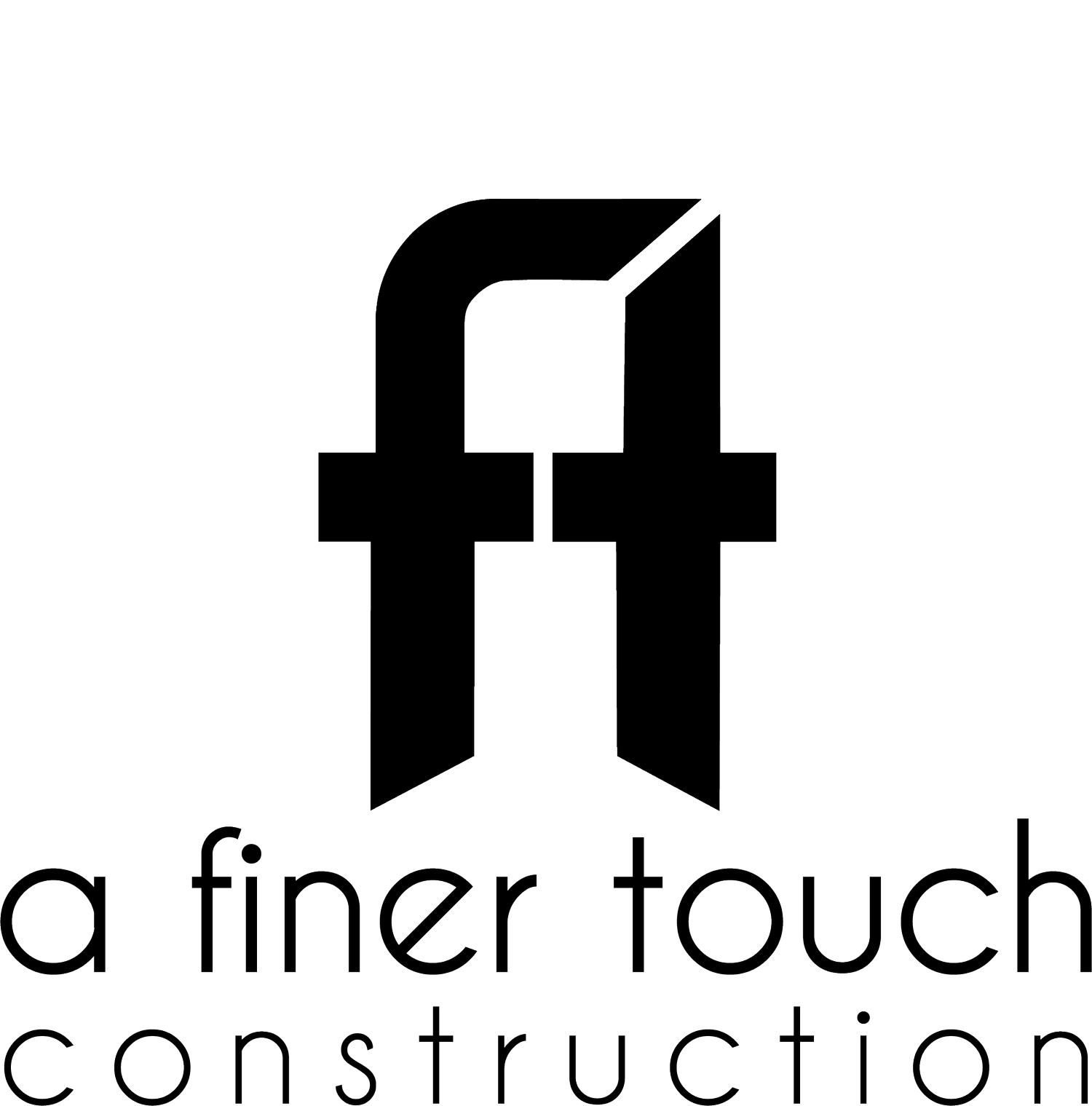Accessibility Considerations
WHAT LEVEL OF ACCESSIBILITY SHOULD YOUR CONSTRUCTION PROJECT AIM FOR?
A few weeks ago, we were approached about putting together a blog post on the topic of accessibility considerations when planning your construction project. As this is a topic that many people do not consider or think about when planning their construction project, we thought it would be a topic worthy of a post. Below is a post from a guest contributor, and we appreciate the time and effort put into providing the below information.
While federal and public buildings must be accessible by law, less than one percent of US housing provides entry to wheelchair users. When designing a building, whether commercial or residential, you never know who may need to gain access. Constructing for accessibility means that the building becomes easier to use by those with disabilities. While researching the Americans with Disabilities Act (ADA), you may have come across terms such as accessibility, usability, and universality. Read the information below to find out what different levels of accessibility there are to discover which level is right for your design project.
Disability-Focused Construction
The ADA covers an aspect of construction known as accessible design. This is specifically created for those with disabilities. For example, think of a disabled bathroom, which has been fully equipped with railings and wide entrances in order to help people with mobility difficulties. This kind of design is legally required for certain buildings, but may not be right for your average home. Homeowners who don’t use wheelchairs may not gain an advantage from specially designed equipment. It will add extra costs, without any benefit. Instead, you may want to spend your budget on creating something aesthetically pleasing. This doesn’t mean you shouldn’t consider accessibility at all, but being specifically disability-focused may not necessarily be your goal, unless installing a ramp is mandatory as it is in federal buildings.
Focus On User Experience
Rather than focusing solely on those with disabilities, you could consider trying to achieve the best user experience. This is about making the use of products as easy as possible. It requires helping a person to achieve the goal of a task as efficiently and satisfyingly as possible. The layout of a home usually follows this structure. The kitchen, where the goal of the occupier is to prepare food, will include wipe down materials and plenty of counter space. The lounge, an area dedicated to relaxation, will tend to involve comfortable seating. Designs should be intuitive, quick to learn, and require minimal effort from users to achieve their desired outcome. Each year, manufacturers are making their products easier to use. For example, cars can now be unlocked without the owner needing to take the key out of their pocket and phone calls can be made using a voice command, rather than by punching in numbers. This drive towards efficiency is something expected of homeowners moving to a new home, but it is separate to accessibility. Usable product, while great for the general population, may only be usable to a certain section of society. User experience is a worthy aim of construction, but it may not be enough to meet ADA requirements. Similarly, accessible buildings may not be usable to everyone. It is a careful balancing act to create something that is both accessible to those with disabilities and user-friendly for everyone.
Appealing to Everyone
If disability-focused and user experience-focused construction seems too narrow as construction goals, you can take a wider approach. Universal design is aimed at creating products which are usable to the largest amount of people without the need for adaptation. For instance, trays in ovens are often built to be self-supporting, so no user has to take their weight. This benefits everyone, regardless of whether they have a recognized disability. Automatic doors use a similar concept, opening for people in wheelchairs, pedestrians on foot, delivery workers carrying large packages, and everybody else. Appealing to everyone requires going beyond what is considered normal, to create something that meets the needs of all, without hindering anybody else. Depending on your construction project, you may want to focus more on people with disabilities than typical user experience or vice versa. Public buildings need to take those with disabilities into account, while residential homes may be better built with usability in mind. However, for ultimate inclusivity, aim for a universal design. This will help your buildings to achieve the highest level of accessibility.

